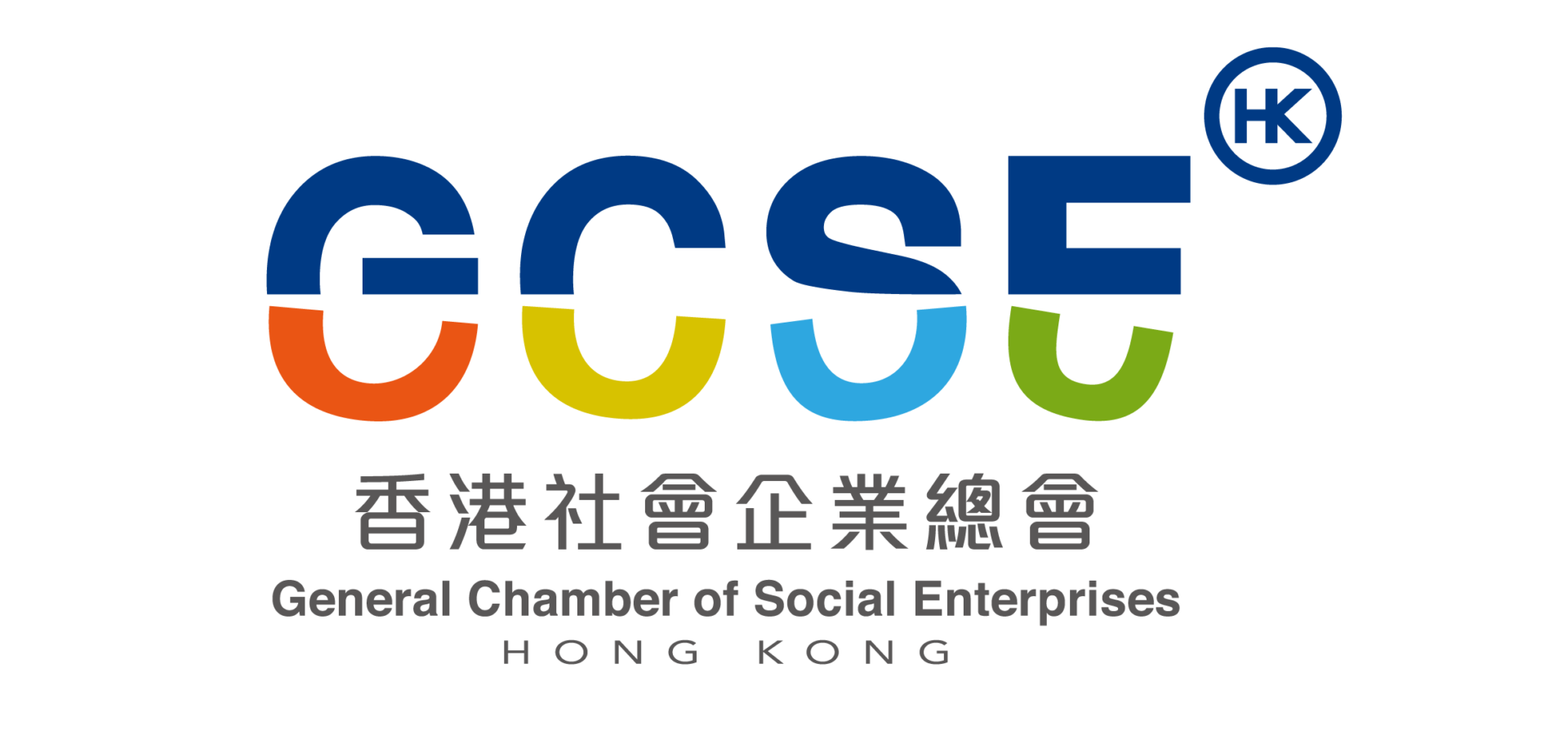If you are interested in applying for SEE Mark, first please register an account and submit the application with required documents. Once your application is received, HKGCSE will contact you within 7 working days. The certification and approval process takes time. The actual time depends on each respective application. We will keep you updated regarding your application status.
HKGCSE will approve new applications every 4 months, namely in April, August and December of each year. Applications submitted (including supplementary documents) before the midpoint of the 4-month cycle (i.e., February 1, June 1, and October 1 each year) will be reviewed at the upcoming panel meeting; applications submitted after this point will be reviewed at the next panel meeting.
For example:
- Application submitted in January → will be reviewed in the panel meeting in April
- Application submitted in March → will be reviewed in the panel meeting in August
- Business Registration Certificate (BR) /Company Registry (CR)
- Article of Association (AA)
- Latest Audit Report/ P&L
- Letter of Commitment for Profit Distribution
- Project Proposal
- Invoice & receipt of the social enterprise within one month and three months before(one each)
- Procedures on disadvantaged staff (if any) recruitment or selection (e.g. referral from social workers / NGOs)
- Employment contracts to prove the reasonable salary provided to the staffs
- Promotion Materials
- The website/page must display the mission of the social enterprise
SEE Mark Application Fee & Validation Period :
| Category | Discounted Fee (2022-2023) | Validation period | Annual Update |
|---|---|---|---|
| Incubating | HK$1,000 | 2 year | HK$300 |
| Intermediate | HK$2,000 | 3 years | HK$300 |
| Advanced | HK$3,000 | 3 years | HK$600 |
Remarks:
- 1. Applicable for SE/SE Project with different number of outlets under same brand and service nature.
- 2. Maximum of 5 outlets for the same Social Enterprise/Social Enterprise Project are allowed for each application, then $1000 for every extra 5 SE/Social Enterprise Project on top of the particular application.
- 3. Application fee would not be refunded if the application fails.
Annual Update cycle: every 12 months after the SEE Mark takes effect
Categories of Eligibility
Applicant may fulfil the basic requirement of more than one categories. HKGCSE is ready to give opinions if requested, but each applicant reserves the final decision on which category to apply for.
*One employee working full-time is equivalent to 1 FTE. For part-time staff, the FTEs are calculated by adding together the total number of hours worked per week by all the part-time employees and dividing this figure by the number of hours a full-time employee would normally work per week. You then add the total number of full-time staff and the FTEs for part-time staff together to calculate your overall FTE figure. The number of working hours of full-time and part-time employees can vary widely from organisation to another (e.g., may range from 18 to 44 hours of work per week, 52 weeks per year). Please use your own organisation’s number of hours for calculating full-time equivalent employees.
| Social Mission | Years of Operation / Full-time Equivalents (FTEs)* | Financial Requirement | |
|---|---|---|---|
| Incubating | ✓ | Operated for more than 3 months but less than 2 years | Provide audit report / profit & loss statement; not less than 65% of its distributed profit are reinvested in the business for the social purpose |
| Intermediate | ✓ | Operated for 2 or more years OR More than 5 Full-time Equivalents | Provide audit report / profit & loss statement; At least 50% of income generated from business; AND not less than 65% of its distributed profit are reinvested in the business for the social purpose |
| Advanced | ✓ | Operated for 5 or more years OR More than 10 Full-time Equivalents | Provide audit report / profit & loss statement; At least 50% of income generated from business; AND not less than 65% of its distributed profit are reinvested in the business for the social purpose |
| No. of employee | 5 full-time | 20 part-time | Full time FTEs = 5 Part time FTEs = 100/44 = 2.27Total number of FTEs = 5 + 2.27 = 7.27 |
|---|---|---|---|
| Total no. of working hour per week | 44 hours / person | 100 hours in total (e.g. 20 x 5 hours each per week) |
Assessment Criteria and Outline
Part A: Organization Profile- General Information
- Output-outcome mapping
- Resources input
- Challenge and opportunity
- Business Strategy & Execution
- HR Policies and practices
- Community Engagement
- Customer Satisfaction
- Ethical Consumption and Social Values Education and Communication
- Financial Management
- Governance and Leadership
Summary of assessment areas for each category
| Part A | Part B | |||||||
|---|---|---|---|---|---|---|---|---|
| Organization Profile | Business Strategies & Execution | HR Policies and Practices | Community Engagement | Customer Satisfaction | Ethical Consumption & Social Values Education and Communication | Finance Management | Governance and Leadership | |
| Incubating | ✓ | × | × | × | × | × | × | × |
| A business plan is required; Assessment on voluntary basis to gain feedback | ||||||||
| Intermediate | ✓ | ✓ | ✓ | ✓ | ✓ | ✓ | ✓ | ✓ |
| Support documents/description of required policies; Explanation on compliance and non-compliance | ||||||||
| Advanced | ✓ | ✓ | ✓ | ✓ | ✓ | ✓ | ✓ | ✓ |
| Able to demonstrate good practices in all areas with supporting documents | ||||||||



